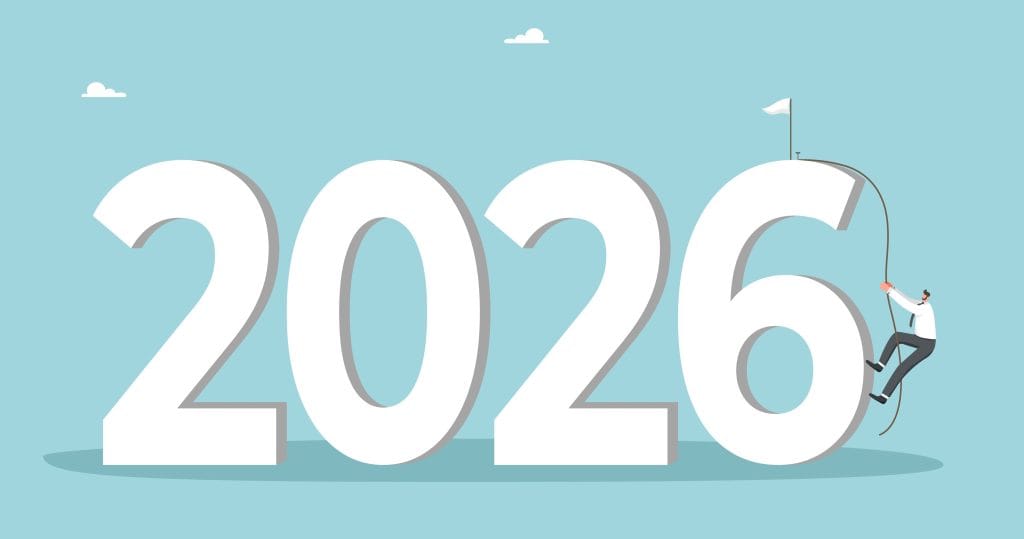Last updated on November 28th, 2025 at 06:53 pm
Last updated on November 17th, 2025 at 07:21 pm
I began part I of this article with a question:
If you own a dental practice, where exactly should you be placing the bulk of your focus? Specifically, right now?
I then went on to mention that beyond the post-pandemic changes you have noticed (e.g., in scheduling, PPE, etc.) that there were two developing industry “trends,” that you may not be aware of.
The first trend had to do with the general unwillingness for up to 30% of the populace to see a dentist at all right now—which would include your patient base…
I left off promising to discuss the second “trend,” and here we are!
So, what is it?
If your practice does not account for some economic fallout as a result of all of this, you may be in trouble.
While our first trend seems attributable to a general concern about the pandemic, the second is a matter of economics.
As the smoke clears from the past six months, we’re getting a better picture of the pandemic’s economic effects. While the stock market hasn’t missed much of a beat, small businesses, especially restaurants and retail, have been hit pretty hard. Yelp’s September 2020 Local Economic Impact Report gives us a sampling of what’s happening.
- As of August 31st: 32,109 restaurants that were marked as “open” on Yelp as of March 1st, are currently closed. Of that, 19,590 (61%) of these indicated that they were closed permanently
- 30,374 retail and shopping establishments that again marked as “open” on Yelp as of March 1st, are currently closed. Of these, 17,503 (58%) are now indicating that they are closed permanently
It’s not all doom and gloom, some sectors are doing better. Specifically, home, local, professional and auto repair seem to be holding their own. But by “better,” it’s meant that they are not closing at the same percentages as retail and restaurant—for example, .29% of accountants are closed.
And keep in mind the domino effect. A restaurant and retail outlet in the same building close. Obviously, the employees are affected. But so is the business or franchise owner. And so is the landlord, and the people that work for the landlord and so on. And other businesses in the same location that depend on foot traffic may be impacted, too.
How does this affect your practice? Well, it depends largely on where you are. A dental practice is a local business, and you depend for the most part on patients who live near your practice.
So, in sum, you may have a portion (depending on where you are) of your patient base that are facing economic challenges right now.
And to this, let’s add the financing component.
Your practice may depend a little or a lot on patient financing. Again, this varies by office.
While I don’t have specific metrics, we do have anecdotal evidence of “tightening” on the financial end from dentists across the US. You may have seen some of this firsthand: patients who you would normally have expected to be approved being declined or being approved for less than expected.
In addition, we’ve heard firsthand from several financial institutions that lending for new practices or working capital has tightened or comes with additional restrictions. For example, one that I’m aware of will not lend for a new “scratch” practice with working capital right now—only for a purchase of an established office.
And I say this with a caveat—if you are looking for loans in these areas—don’t stop looking just because of the last paragraph. This is anecdotal and by no means an absolute.
But that said, it is happening to one degree or another.
So, to sum this “trend” up, we have a varying percentage of patients with economic challenges coupled with financial tightening on what might be a key source of income for your practice.
Both of which are not good. This is a case where doing the “same old thing” in your practice could show up immediately in decreased revenues—the severity of which depends again on how many of your patients were affected and how dependent your practice is on financing.
So, should we just “roll over” and brace for the inevitable decline? Yeah, count me out. I prefer to be successful, and I know our clients feel the same way!
Which brings us to the next question—“What should you do, right now, to keep your practice growing throughout all of this?”
The Approach
 From an aerial view, we have three basic problems:
From an aerial view, we have three basic problems:
- Up to 30% of patients concerned about coming in right now,
- A portion of your patients affected economically and
- Financial tightening (the effect of which depends on your utilization of third party financing).
And with all of that said, you still have a lot of people (patients) who are willing to come in that need your help. Pandemic or not, they still have teeth and a mouth!
The handling for all of this is a combination of a few general actions:
- Getting more people in. This would mean, as I mentioned last week, getting more new patients and doubling (or quadrupling) down on your reactivation efforts.
- Depending on circumstances, in the short term, you may have to, at times “see more for less.”
No, I don’t mean lower your fees or join a bunch of plans. For that matter, there’s never been a better time in my opinion to drop plans. Sabri and I went over this extensively during one of our livestreams where we shared how to get out of reduced fee plans. (This is available for replay on our online platform DDS Success).
What I mean when I say “see more for less” is that you may have patients that cannot proceed with comprehensive care right now due to economics. In normal times, I’d peg this at about 10%. Meaning 10% of people who say they “can’t afford” your treatment, actually can’t. The remaining 90% are just not sold on it! Yes, these numbers are real. Right now in 2020, though, that 10% is probably higher.
So, by “see more for less,” I mean that patient who’s had a pay cut or is having economic trouble may not agree to four crowns right now—maybe it’s only two now. Last year, this would have been a $4,000 procedure (e.g. four crowns), now it’s $2,000. To replace that revenue you’ll need to see two of these people. So … see more for less.
And let me qualify this to a degree: don’t immediately assume that you have to “phase” treatment. Being around as long as I have (yes, I’m old), I’ve seen (insert overused adjective here … tons, countless, etc.) instances where a patient was “sold” on doing a full treatment plan, only to have the doctor “unsell” it by suggesting that the patient do the treatment plan in phases to … maximize insurance coverage or some other reason. In some cases, I’ve witnessed the doctor not even suggest that the patient do the entire treatment plan right now! Not for clinical reasons mind you, but for various other purposes—“didn’t want to upset the patient,” “I don’t want the patient to think that I’m just after their wallet.” The list goes on.
You will run into valid economic issues from time to time. If you can, help the person! Do what you can. You’re the doctor and you know what’s best as well as what is workable clinically. Handle this right and you’ll have a long-term patient who will complete treatment when economic issues permit.
Just don’t assume that they exist—find out first!
And remember, you’ll have plenty of patients that are still unaffected and move ahead as per usual with treatment.
The key is really this: knowing the difference between a valid objection to proceeding with treatment and a lack of understanding and/or sales resistance.
How you know the difference brings me to the next point.
You need to know how to sell. And by sell, I mean how to get through to your patients and create a real understanding of their treatment plan.

This is something we know a lot about. Quite a lot. I’d venture to say that MGE delivers the most effective and results-driven case presentation and acceptance training in the dental industry. Actually, I’ll not venture—I’ll say it categorically. We’re the best at this and I (and I’m sure our clients) would accept any challengers that say otherwise.
Selling is communication. It’s effective communication. It’s knowing how to really reach someone and have a REAL conversation. It’s also about creating a true understanding for patients as to what’s going on.
Between the bad news your patients are being plastered with economically or otherwise—many have financial concerns riding in the back of their mind. You need to have the ability to create an understanding of the importance of your treatment commensurate with its actual importance.
How often have you had a patient blow off treatment they needed—right now—to “take a cruise,” “buy a new big-screen TV,” etc.? None of which were more important than their treatment plan, but they did it anyway. What does this mean? They didn’t get it. If they’d had, they would have followed through. And the joke is that in many of these cases, they probably could have had the TV and their dental treatment.
Ultimately, they just didn’t want to pay. You could blame them. Sure. But who’s really to blame here? I hate to point fingers but, in the end, you didn’t create enough understanding for them to see the importance of the treatment! Learn that, and sure your collections will go through the roof, but more importantly, your patients will be healthier, and you’ll be more fulfilled, doing the dentistry you enjoy doing.
So, to sum up, if I were you, and I wanted my practice not only to weather this storm, but come out more successfully on the other end, I would make
- Getting more new patients,
- Reactivating the ones I have and
- Learning to sell better
These are my top priorities from a business perspective!
I hope this helps, or was at least informative. We can help you with all of these things. Just give us a call at (800) 640-1140 or visit our website www.mgeonline.com
And if you have any questions, feel free to email me at jeff@mgeonline.com




No Comments
Be the first to start a conversation